The Gluten Free Alcoholic Drinks Market is currently characterized by a dynamic competitive landscape, driven by increasing consumer demand for gluten-free options and a growing awareness of dietary restrictions. Major players such as Anheuser-Busch InBev (BE), Diageo (GB), and Boston Beer Company (US) are strategically positioning themselves through innovation and product diversification. Anheuser-Busch InBev (BE) has focused on expanding its gluten-free portfolio, while Diageo (GB) emphasizes premiumization and brand storytelling to attract health-conscious consumers. Boston Beer Company (US) continues to leverage its craft beer roots to introduce new gluten-free offerings, thereby enhancing its market presence. Collectively, these strategies contribute to a competitive environment that is increasingly centered around consumer preferences and health trends.
Key business tactics within the Gluten Free Alcoholic Drinks Market include localizing manufacturing and optimizing supply chains to meet regional demands. The market structure appears moderately fragmented, with a mix of large multinational corporations and smaller craft breweries. This fragmentation allows for a diverse range of products, catering to various consumer segments. The influence of key players is significant, as they not only set trends but also drive innovation through research and development initiatives.
In August 2025, Heineken (NL) announced the launch of a new gluten-free lager, which is expected to capture a significant share of the growing gluten-free segment. This strategic move underscores Heineken's commitment to innovation and its desire to cater to the evolving preferences of consumers seeking gluten-free options. The introduction of this product is likely to enhance Heineken's competitive positioning in the market, as it aligns with the broader trend of health-conscious drinking.
In September 2025, Dogfish Head Craft Brewery (US) unveiled a new line of gluten-free spirits, marking a notable expansion beyond its traditional beer offerings. This diversification strategy not only broadens the company's product range but also positions it to tap into the burgeoning market for gluten-free alcoholic beverages. The move reflects a growing trend among craft breweries to innovate and adapt to consumer demands, potentially increasing Dogfish Head's market share in the gluten-free segment.
In October 2025, Omission Brewing Co. (US) announced a partnership with a leading health and wellness retailer to enhance distribution of its gluten-free beers. This strategic alliance is indicative of a broader trend where companies are seeking partnerships to improve market access and visibility. By aligning with health-focused retailers, Omission Brewing Co. aims to reach a more targeted consumer base, thereby reinforcing its position in the gluten-free market.
As of October 2025, current competitive trends in the Gluten Free Alcoholic Drinks Market include a strong emphasis on digitalization, sustainability, and the integration of artificial intelligence in product development and marketing strategies. Strategic alliances are increasingly shaping the landscape, allowing companies to leverage each other's strengths and expand their reach. Looking ahead, competitive differentiation is likely to evolve from traditional price-based competition to a focus on innovation, technology, and supply chain reliability, as companies strive to meet the growing demand for gluten-free products.
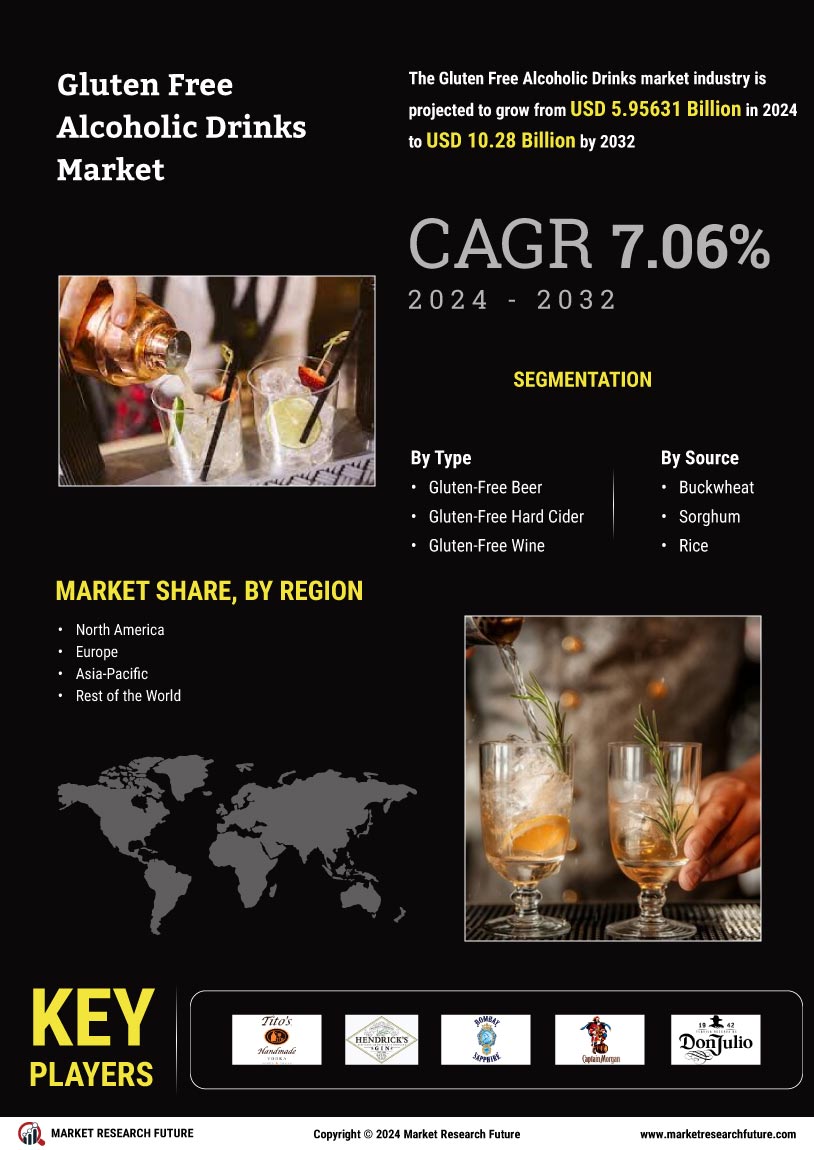

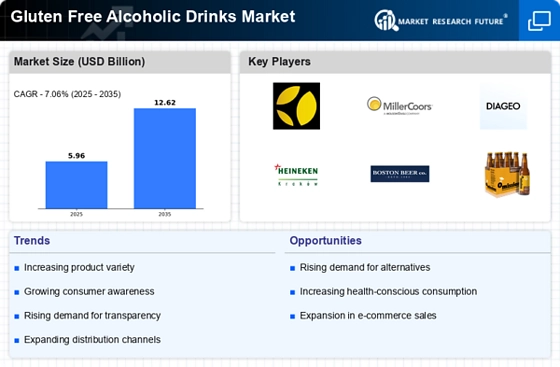

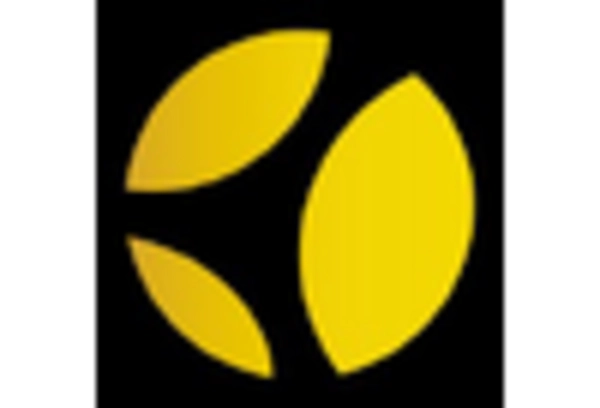

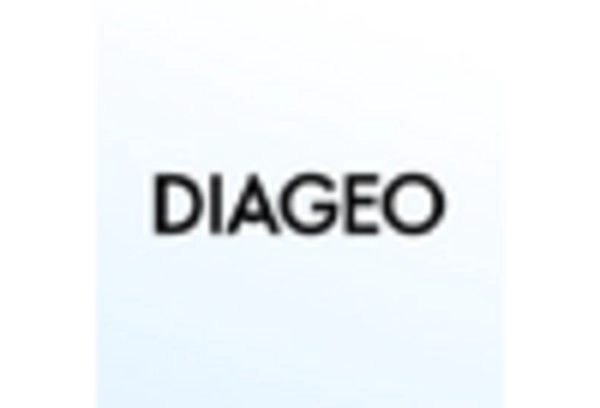
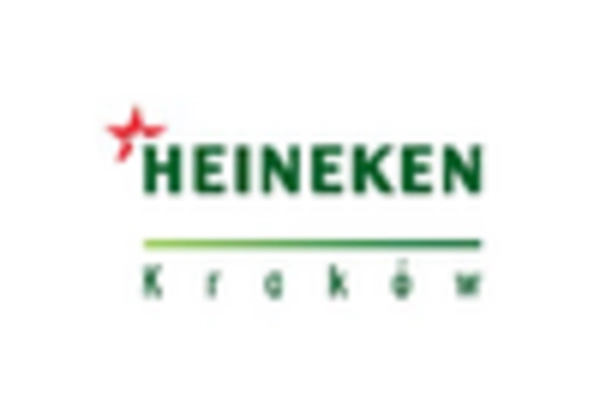
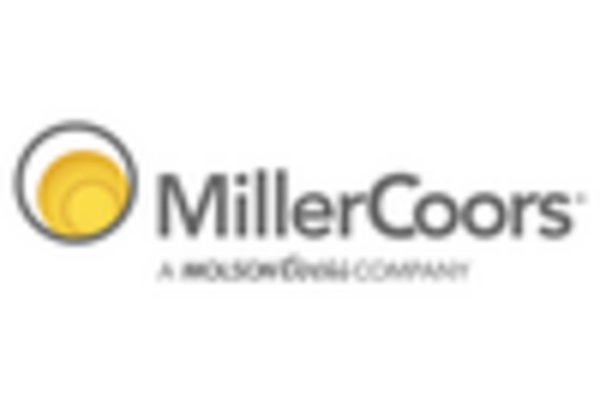
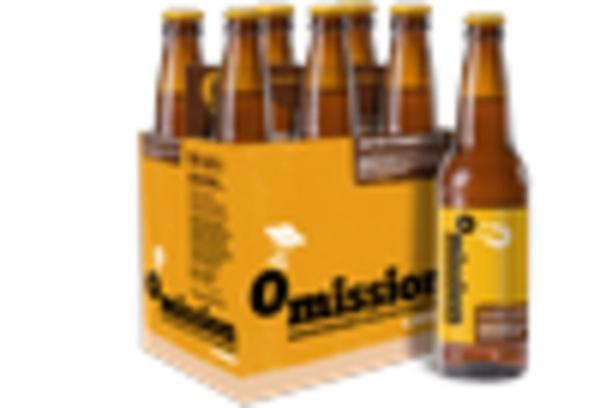








Leave a Comment